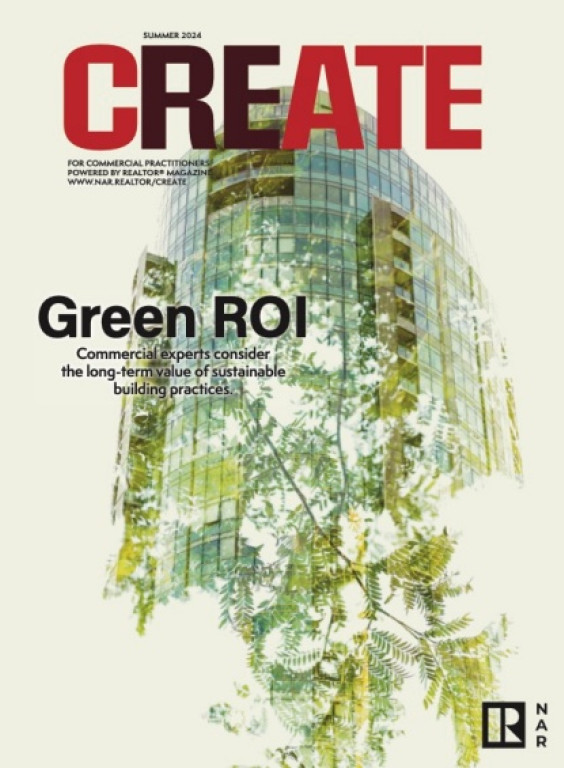The National Association of REALTORS® and its affiliated organizations are uniting to give elected officials a clear picture of how commercial real estate is faring in what—for many owners—is an increasingly stressful environment.
On behalf of NAR and commercial affiliates The CCIM Institute, the Institute of Real Estate Management, and the Society of Industrial and Office REALTORS®, NAR President Kevin Sears sent a letter to a congressional panel examining the health of commercial real estate markets. In the letter to the U.S. House Subcommittee on Health Care and Financial Services, Sears called attention to long-term negative impacts on commercial businesses, including the shift to e-commerce, changing work patterns and the looming debt challenge.
A Trepp analysis of Federal Reserve data last year showed that an estimated $2.81 trillion in commercial loans was expected to mature between 2023 and 2028. Much of that debt was originated under vastly different economic conditions including higher occupancy and lower interest rates. “As a result, while many commercial property owners and occupants are still attempting to recover from the economic damage done by COVID and adapt to new consumer trends, they may be facing larger loan payments to their lenders,” the letter says.
NAR and its affiliates are calling on financial regulators to offer flexibility to commercial real estate lenders, often small or community banks, and establish a program (following precedents from 2009, 2010, 2020 and 2022) that would encourage financial institutions to work prudently with borrowers on troubled debt restructuring.
At the same time, NAR says, it’s important that unnecessary barriers to equity investment be lowered and that taxes on risk-taking not be increased.
“The country’s financial regulators and lawmakers should be considering prudent, but flexible policies that assist this critical sector in its recovery, not arbitrary requirements that will only serve to further reduce values and leave both lenders and commercial real estate borrowers in danger,” the letter states.
Sears pointed out that commercial real estate in the U.S. “contributes an estimated $2.3 trillion to the economy (or 9% of the total U.S. GDP), supports over 15 million jobs and provides $559 billion in property taxes to local governments. ... We look forward to working with you to develop solutions to protect this critical sector of the U.S. economy.”














